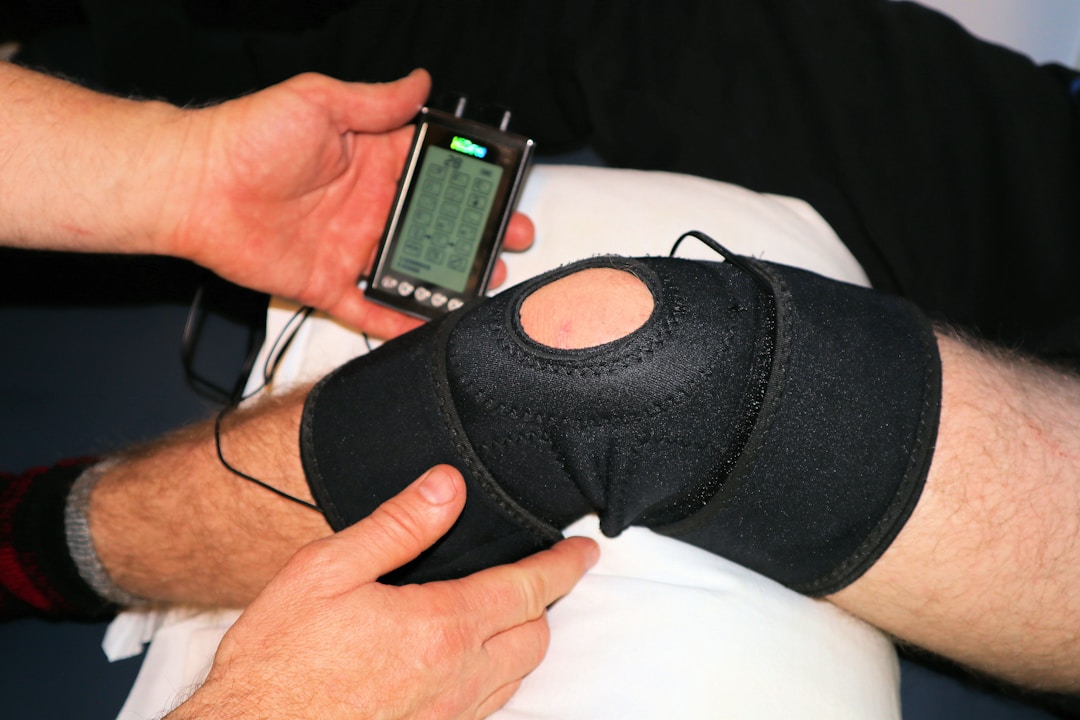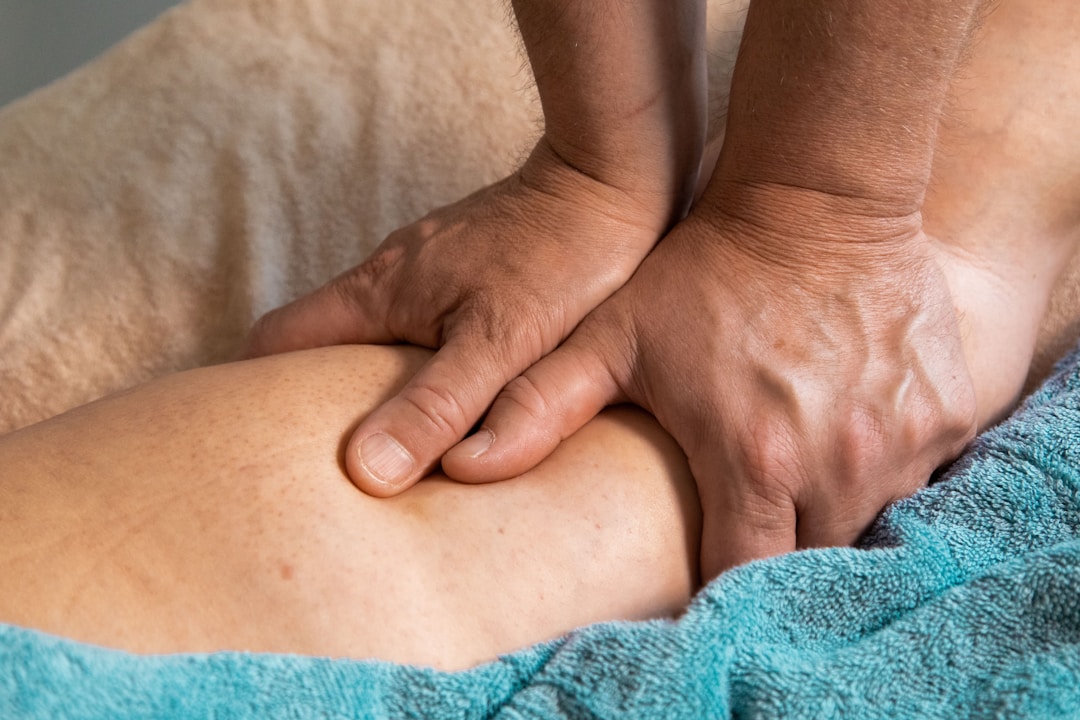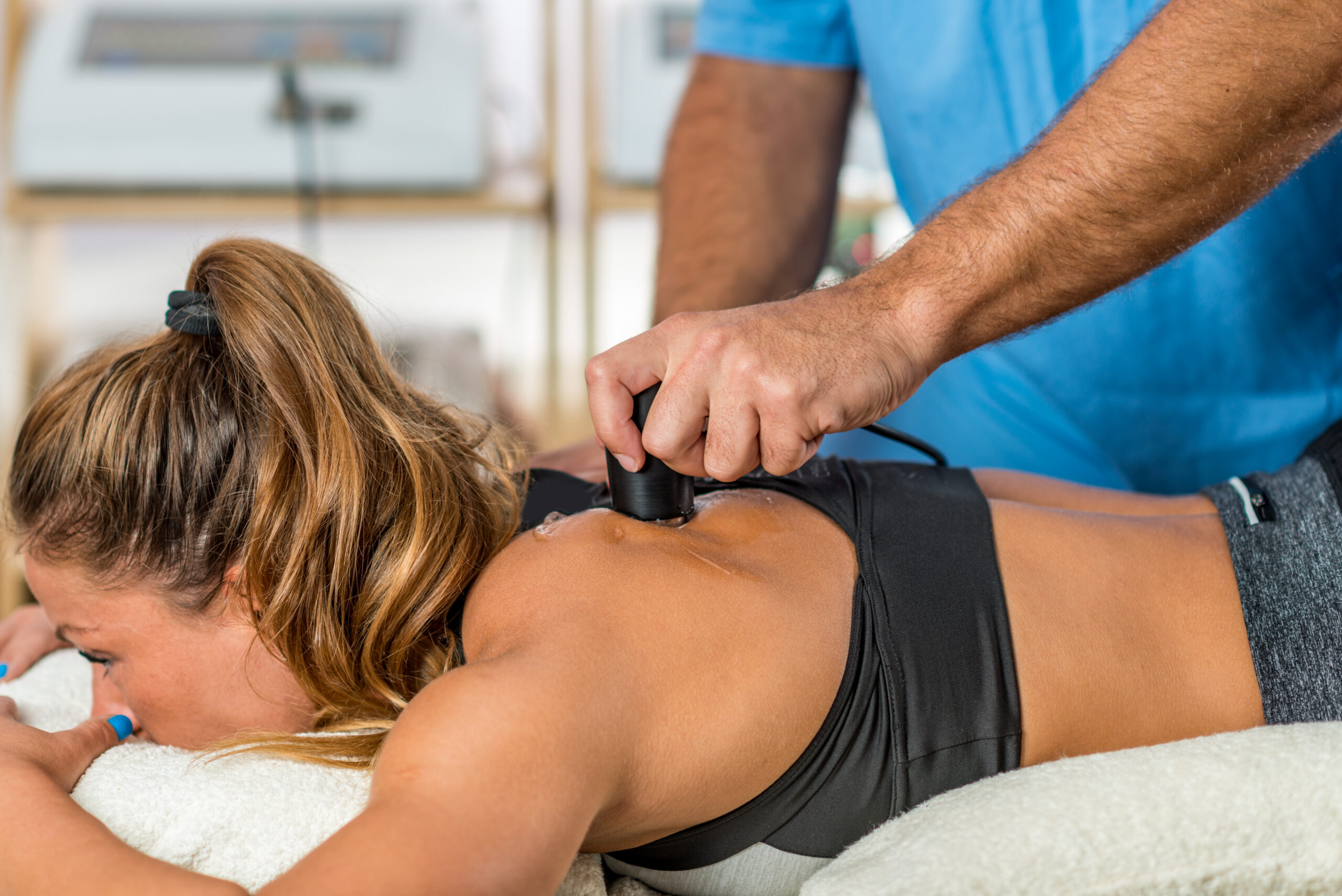Physical therapy can be an imperative part of physical health recovery. Whether you are recovering from an injury, coping with chronic pain, or undergoing post-operative care, knowing what to expect during physical therapy can alleviate stress and foster a better healing environment. In this article, we will discuss the ways physical therapy is used and how it can benefit you. If you’re in need of more information, keep reading to learn more about what physical therapy entails.
Understanding Physical Therapy: The Basics

Physical therapy is a specialized form of treatment that aims to restore, maintain, or improve the physical function of the body. It revolves around the manipulation of the body’s structures to stimulate repair and enhance movement. Patients have a wide range of conditions, from chronic diseases to post-surgery recovery, that can benefit from physical therapy. The field offers a less intrusive alternative to surgery or medication.
Physical therapists are trained professionals dedicated to understanding your health history and physical objectives. They provide a tailored approach to address your specific needs and goals. Idaho Sports Medicine is a perfect place to start if you need assistance. Specialists incorporate a mixture of exercises, stretches, and other techniques to aid recovery based on your specific situation. You can learn more about their services at https://www.idsportsmed.com/. Regular participation is vital to maximize the benefits and speed up recovery.
Treatment Plan: What Does It Involve?
Every patient’s treatment plan will vary, according to their specific needs. After an initial examination, your therapist will develop a personalized plan, which usually includes exercises to strengthen weak areas and mobilize stiff, painful joints. A treatment plan can also involve manual therapy, using hands to stretch and strengthen muscles and reduce pain. Pain relief methods like heat, ice, and electrical stimulation may also be used.
In many cases, you’ll also be assigned exercises to do at home. These exercises will enhance the progress made during therapy sessions and promote ongoing health benefits. Communication is critical in ensuring your treatment plan’s success. You should freely discuss any concerns and progress with your therapist.
Types of Physical Therapy Techniques for Healing

There are various techniques utilized in physical therapy, including but not limited to, manual therapy, heat and cold therapy, and education and advice about lifestyle modifications. Manual therapy involves hands-on techniques like massage or joint manipulation. It aids in improving circulation, draining fluids from the body, and enhancing movement.
Heat and cold therapy can also be effective, though you need to discuss it with your healthcare provider. Heat expands blood vessels, increasing blood flow and healing nutrients to the area. Cold therapy, on the other hand, shrinks blood vessels, slowing circulation, reducing inflammation, and numbing pain. If required, therapists may also advise on lifestyle changes. This could mean changes in diet or physical activity levels to support health and optimize recovery from injury.
Preparing for a Physical Therapy Session: Things to Keep in Mind

Before your first physical therapy session, be prepared to discuss your medical history extensively. This includes any injuries or surgeries, and symptoms that are currently problematic. Bring comfortable clothes that allow easy movement. You will likely be engaged in different exercises during the session, and restrictive clothing can limit your ability to execute them. Patient involvement is crucial for therapy’s success. Be open to communication, express any concerns, and do not hesitate to ask questions. This will greatly aid your recovery process. Each bit of progress, no matter how small, contributes significantly to your recovery.
As this article clearly illustrates, physical therapy stands as a formidable pillar in the medical world due to its natural, non-invasive approach to healing and overall wellness. By understanding the process, we can fully leverage its benefits for recovery and health maintenance. Though the work can be difficult, it is worth the investment of time and effort. Follow our advice and you can trust that you’re doing everything you can to take the best possible care of yourself.

